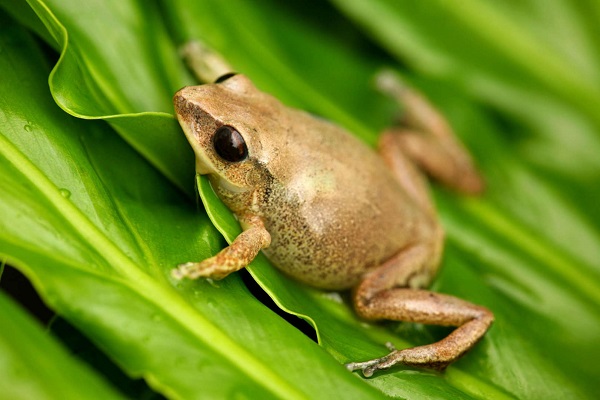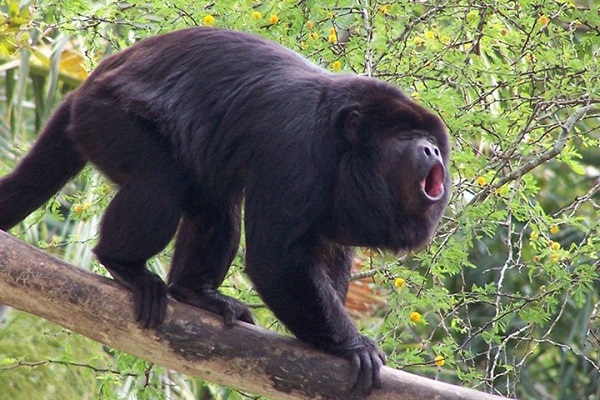
Nature truly is a splendour. There are so many unimaginable sceneries and smells, and in this list, we include sounds. Most people have heard about the legendary howl of a wolf, or the mighty roar of the king of the jungle, the lion, yet not many have experienced it.
The only way to truly comprehend the power of their voices would be to stand before them, but in many cases, that’s not a great idea… Instead, we have decided to use the best comparison which is the decibel (represented as dB). The decibel scale shows us how intense a sound is. The higher the number of decibels is, the louder the sound. For consideration, a typical car horn can reach 107–109 dB.
Without further ado, in this list, we present world ranked loudest animals in order of recorded decibels (dB).
1. Sperm Whale (Physeter macrocephalus)
The Sperm Whale has a decibel of 233 dB, making it the loudest, and the sperm whale’s click is the gold standard of marine acoustics. This deep-sea titan uses its powerful echolocation to navigate the dark depths of the ocean.
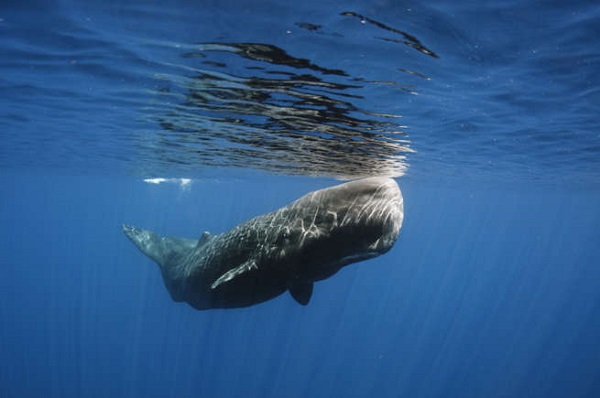
2. Bottlenose Dolphin
At 220 dB, the Bottlenose Dolphin’s clicks and whistles aren’t just chit-chat; they’re a refined sonar system. These marine highbrows use sound for navigation, communication, and a touch of underwater flair.

3. Pistol Shrimp (Alpheidae)
At a mind-blowing 218 dB, the pistol shrimp’s snap is more than a mere aquatic clap. This tiny creature creates a sound bubble so powerful, it momentarily heats the water to a staggering degree.
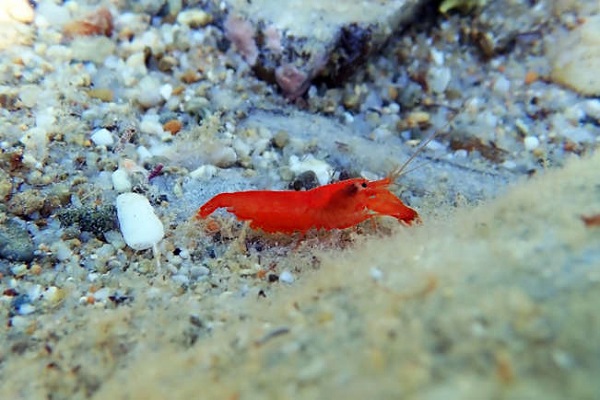
4. Snapping Shrimp (Alpheus Heterochaelis)
At about 200 dB, the snapping shrimp’s claw isn’t just a tool, it’s a sonic boom in miniature. This tiny crustacean’s snap yields a shockwave, making it a small but mighty member of the marine world.
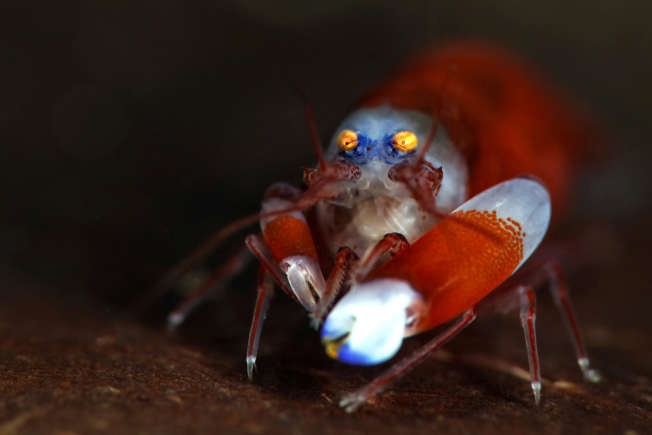
5. Tiger Pistol Shrimp (Alpheus Bellulus)
The Tiger Pistol Shrimp fills significance with its claw, creating a bubble that stuns its prey. It’s a snap that’s not just heard but felt. It’s preposterous to think this creature makes a sound over 200 dB.
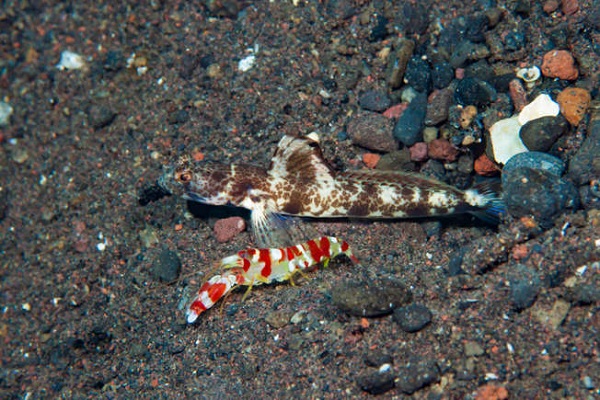
6. Blue Whale (Balaenoptera Musculus)
The blue whale’s call is at a booming 188 dB, and isn’t just a sound; it’s an oceanic opera. These gentle giants use their powerful voices to intercommunicate across the expansive and open seas.
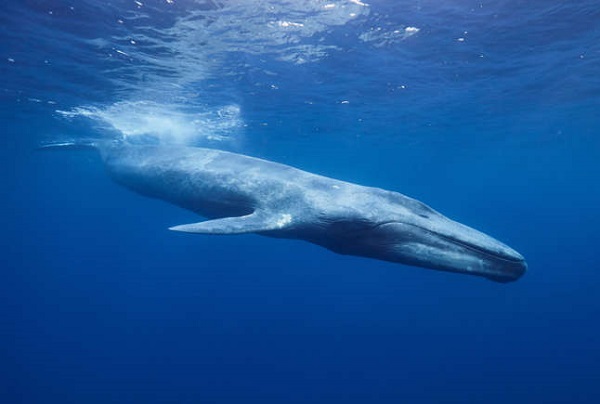
7. Fin Whale (Balaenoptera Physalus)
The fin whale’s 184–186 dB calls resonate through the ocean’s deep expanse. Known as the ‘greyhounds of the sea,’ their low-frequency songs are essential for long-distance whale chats.
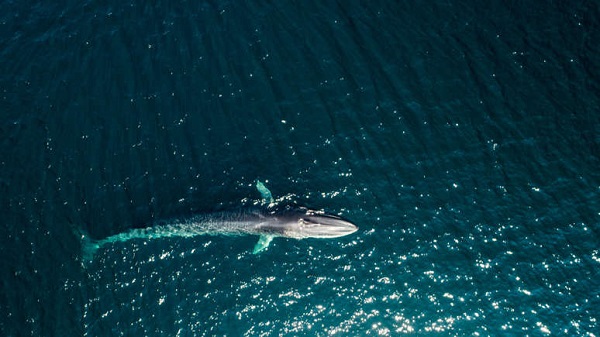
8. Humpback Whale (Megaptera Novaeangliae)
With vocals reaching 183 dB, Humpback Whales are the maestros of the deep. These oceanic giants compose complex melodies that travel across vast waters, a symphony of the seas.
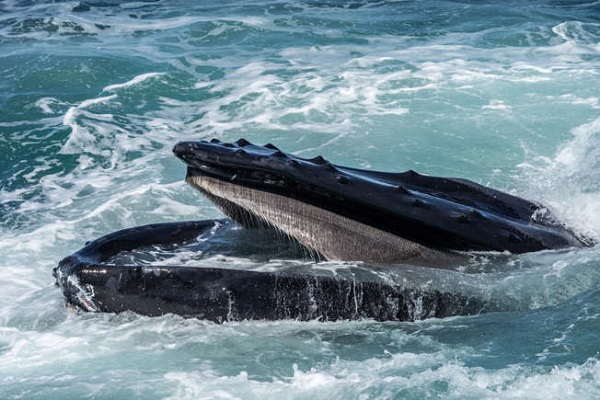
9. Bowhead Whale (Balaena Mysticetus)
The Bowhead Whale is known for calls that carry across the cold Arctic waters. These robust whales use their songs to communicate and navigate the icy blue. Its decibel is 159 dB.

10. Howler Monkey (Genus Alouatta)
At a staggering 140 dB, the Howler Monkey’s roar isn’t just loud, it’s a rainforest revamp. These monkeys use their guttural calls to mark territory, leaving no doubt who’s boss in the treetops.
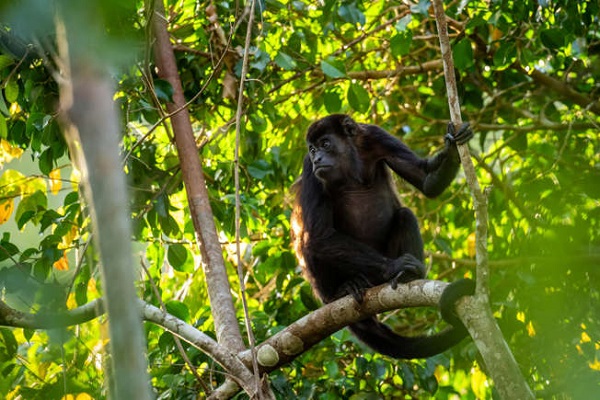
11. Greater Bulldog Bat (Noctilio Leporinus)
This nighttime hunter hits up to 140 dB with its echolocation calls, proving that not all superheroes wear capes. The greater bulldog bat uses these sounds to navigate and hunt, making it a night-time maestro of the skies.
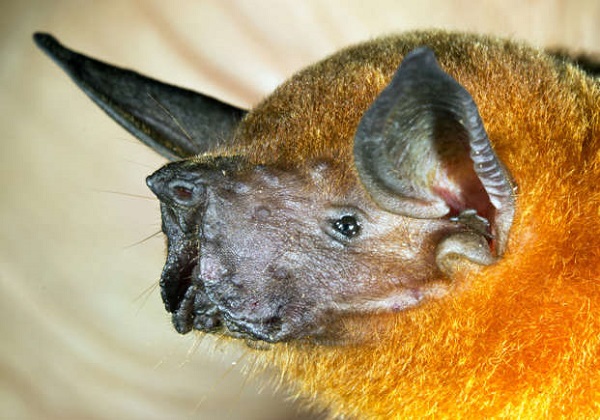
12. Kakapo (Strigops Habroptilus)
The Kakapo’s mating call, peaking at 132 dB, could easily be the wilderness’s most unexpected serenade. This hefty, flightless parrot proves that being grounded doesn’t mean you can’t be heard.
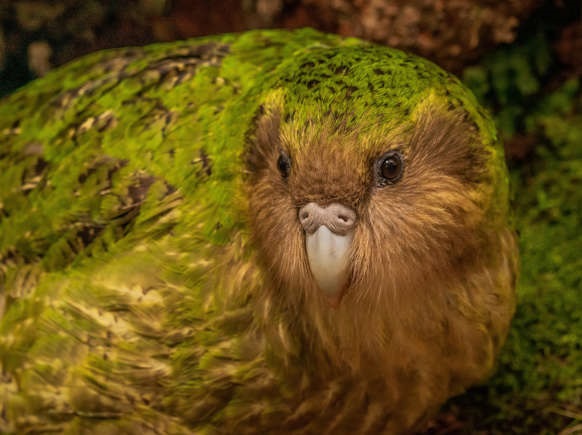
13. Cockatoo (Cacatuidae)
They are vibrant and vocal, Cockatoos are nature’s avian artists. With crests that dance to their moods and a palette ranging from snowy whites to bold blacks, they’re the life of the forest. These monogamous birds don’t just mate; they form bonds, co-parenting with care. Whether grooving to a beat or feasting on seeds and fruits, their zest for life is unmatched, and that goes along with their incredibly loud calls reaching up to 130 dB’s.
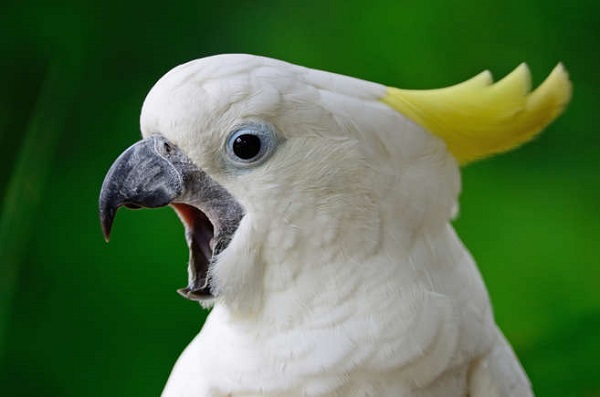
14. Northern Elephant Seal (Mirounga angustirostris)
The Northern Elephant Seal’s call is the heavyweight champion of marine communication, growling up to 126 dB. These huge seals use their deep, resonant calls primarily during mating season, echoing through the ocean.
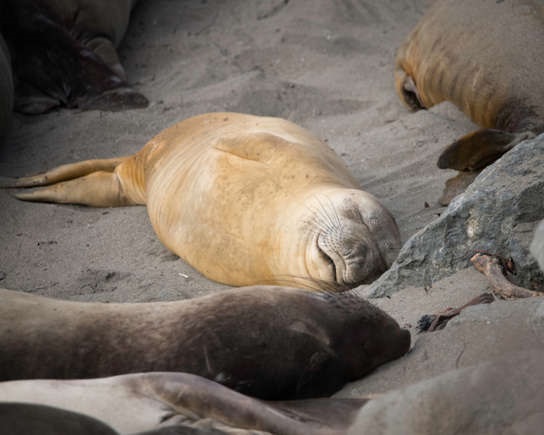
15. White Bellbird (Procnias Albus)
The white bellbird reaches an astounding 125 dB and it’s known for vocals that hit like a bell. With its unique impression and piercing call, this bird doesn’t just sing; it announces its presence with flair.
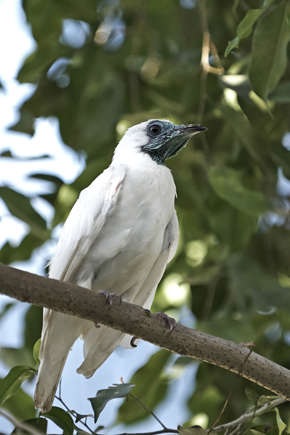
16. African Cicada (Cicadoidea)
The African cicada also belts out up to 120 dB of buzzing beauty. These tiny troubadours fill the air with their loud calls, ensuring they’re heard over the buzz of the African landscapes.
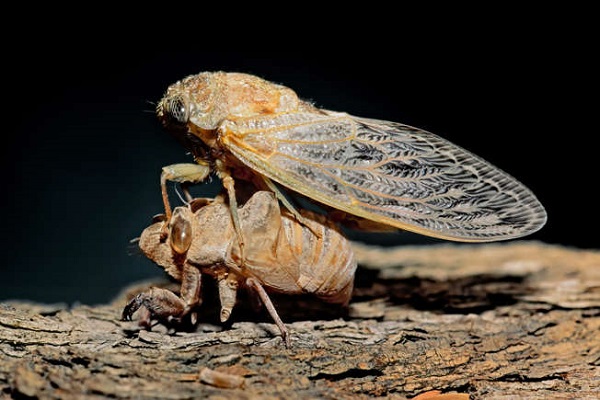
17. North American Bullfrog (Lithobates Catesbeianus)
The Bullfrog’s booming call, reaching up to 119 dB, is the anthem of marshes and ponds. This amphibian may not have a crown, but it certainly reigns supreme in the vocal department.
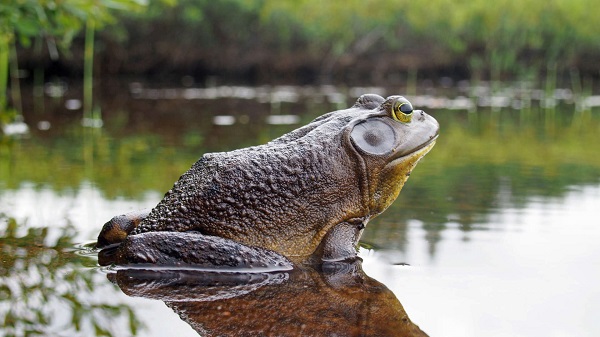
18. African Elephant (Loxodonta Africana)
With trumpets blasting up to 117 dB, African elephants don’t just trumpet; they orchestrate the savanna. These gentle giants use their powerful calls to socialize and alert the herd.
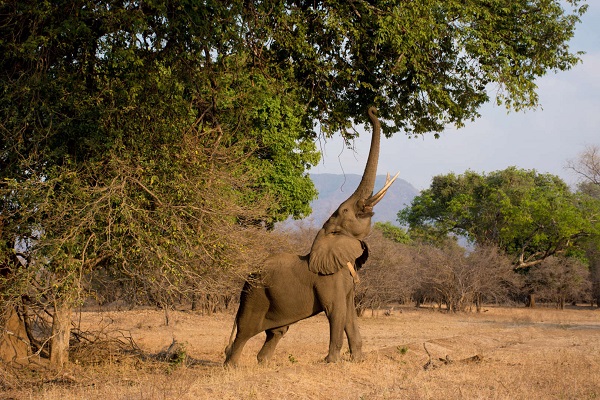
19. Peacock (Pavo cristatus)
The Peacock’s call is truly a pure mix of beauty and volume, hitting the 115 dB level, It’s unmistakably loud and proud. These elegant birds use their calls to communicate and, during the mating season, to impress.
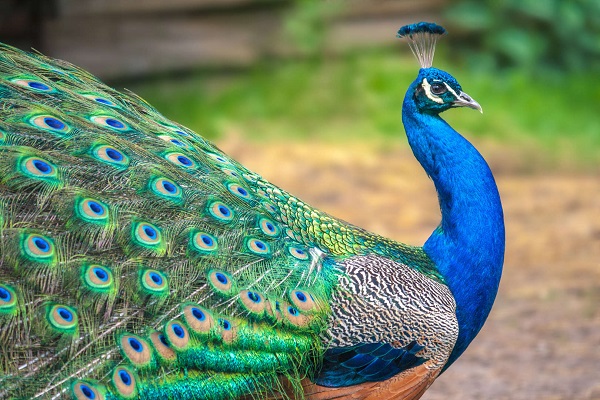
20. Ostrich (Struthio camelus)
The Ostrich’s emphatic 114 dB call bellowing across the savanna is undoubtedly a sound to behold. The largest bird on Earth uses its deep, resonant voice to communicate over large distances.
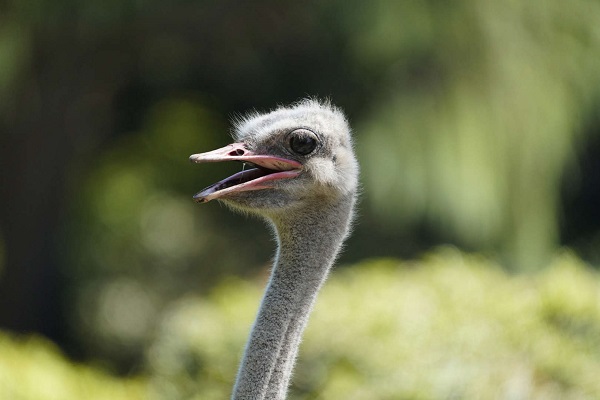
21. Lion (Panthera leo)
The lion’s roar, reaching 114 dB, is the very sound of majesty and might. As the king of the jungle, this big cat uses its powerful voice to establish territory and communicate with the pride.
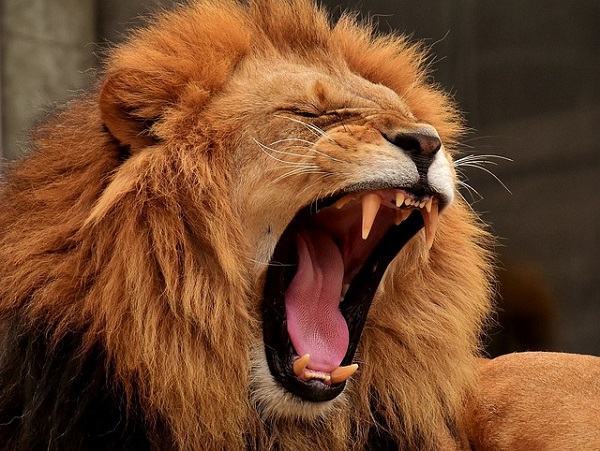
22. Hyena (Family Hyaenidae)
Hyenas are known more for their laughter which hits a mammoth 112 dB level, their laughter makes them comic. This cackling chorus is a key part of the savanna’s soundscape, used for communication within their complex social structures.
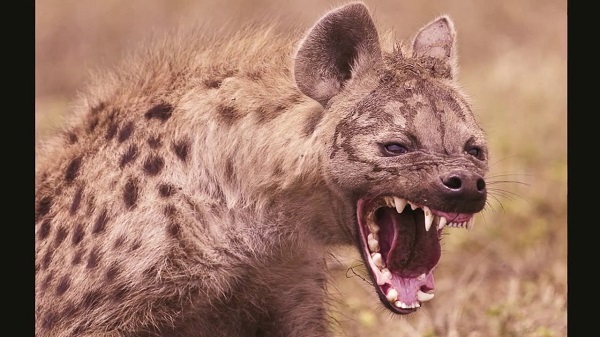
23. Gray wolf (Canis lupus)
The Gray wolf’s howl, ranging from 90 to 115 dB, isn’t just spooky; it’s a call to the wild. These majestic creatures use their powerful howls to communicate across vast territories and keep the pack united.
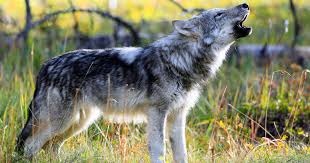
24. Chacma baboon (Genus Papio)
In the African wilderness, the call of the Chacma baboons is a well-known sound. These social creatures use a repertoire of over 30 vocalizations to communicate with their troops, ranging from gentle murmurs to thunderous barks. Their barks can reach up to 90 dB.
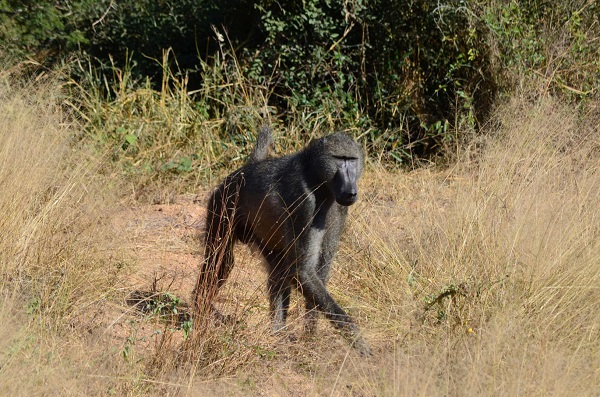
25. Coquí Frog (Eleutherodactylus coqui)
The Coquí Frog may be small, but its nighttime chorus is mighty, hitting 90-100 dB. These vocal little amphibians are a beloved symbol of Puerto Rico, serenading islanders with their distinct ‘ko-kee’ sounds.
